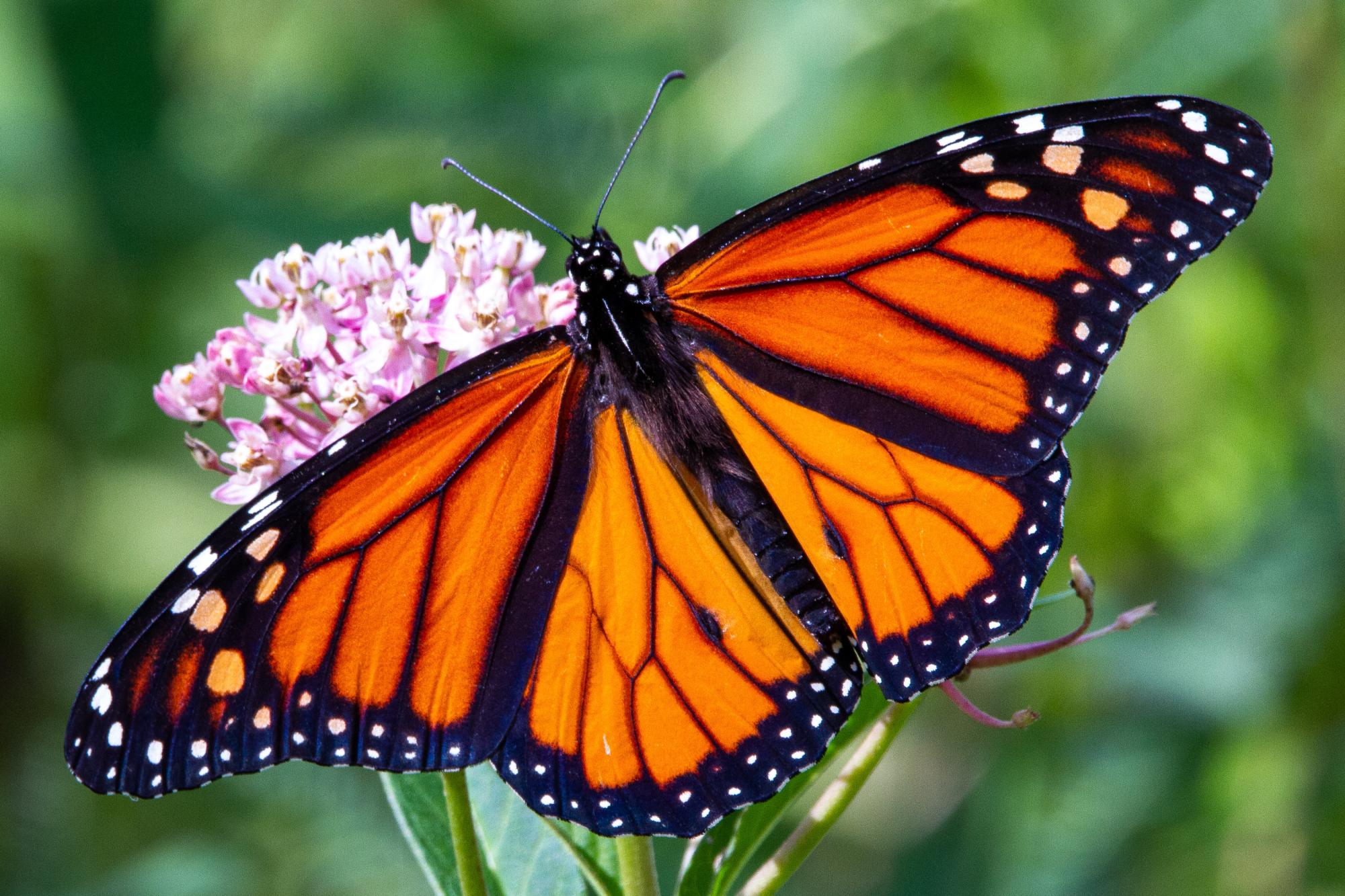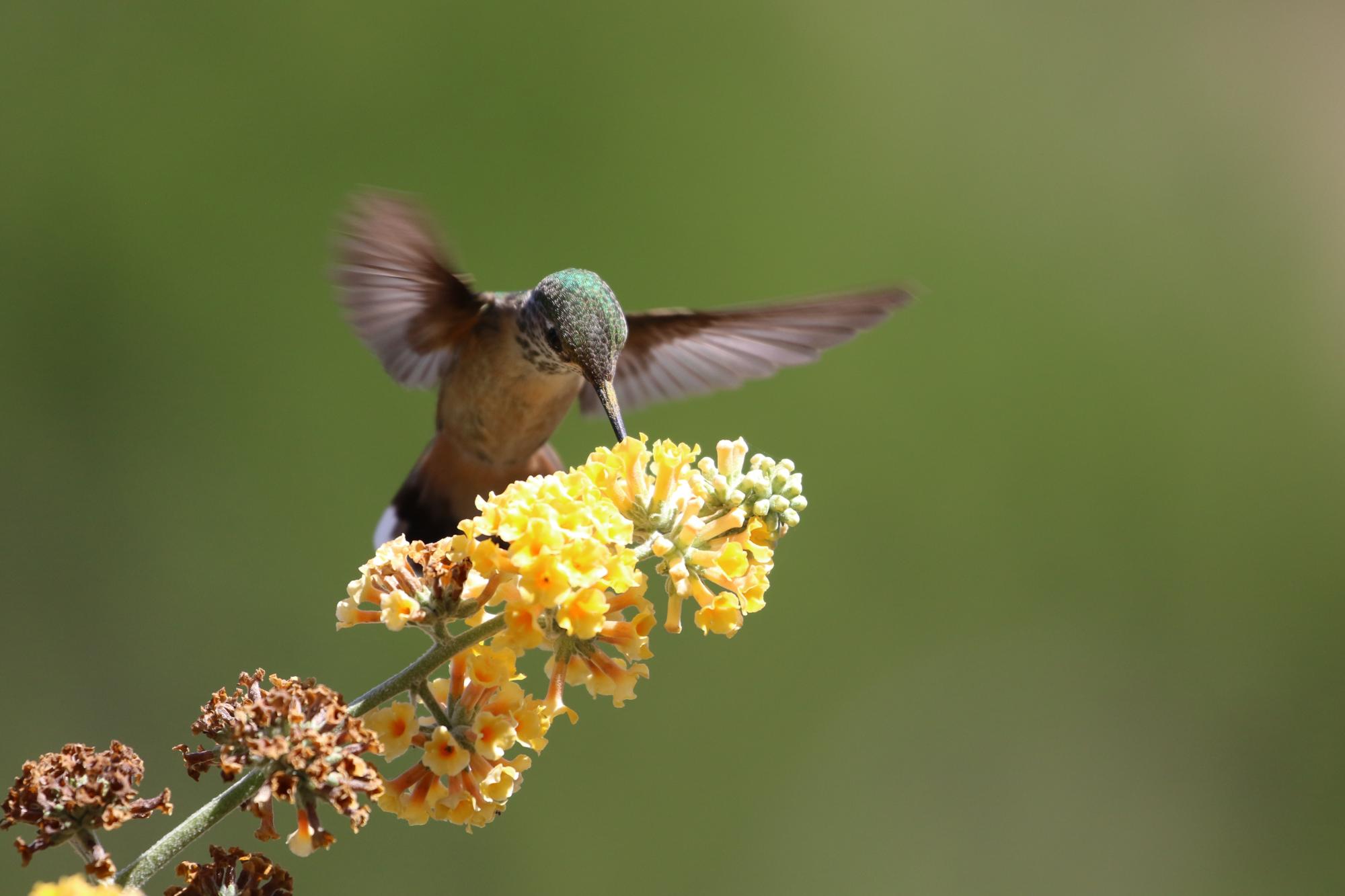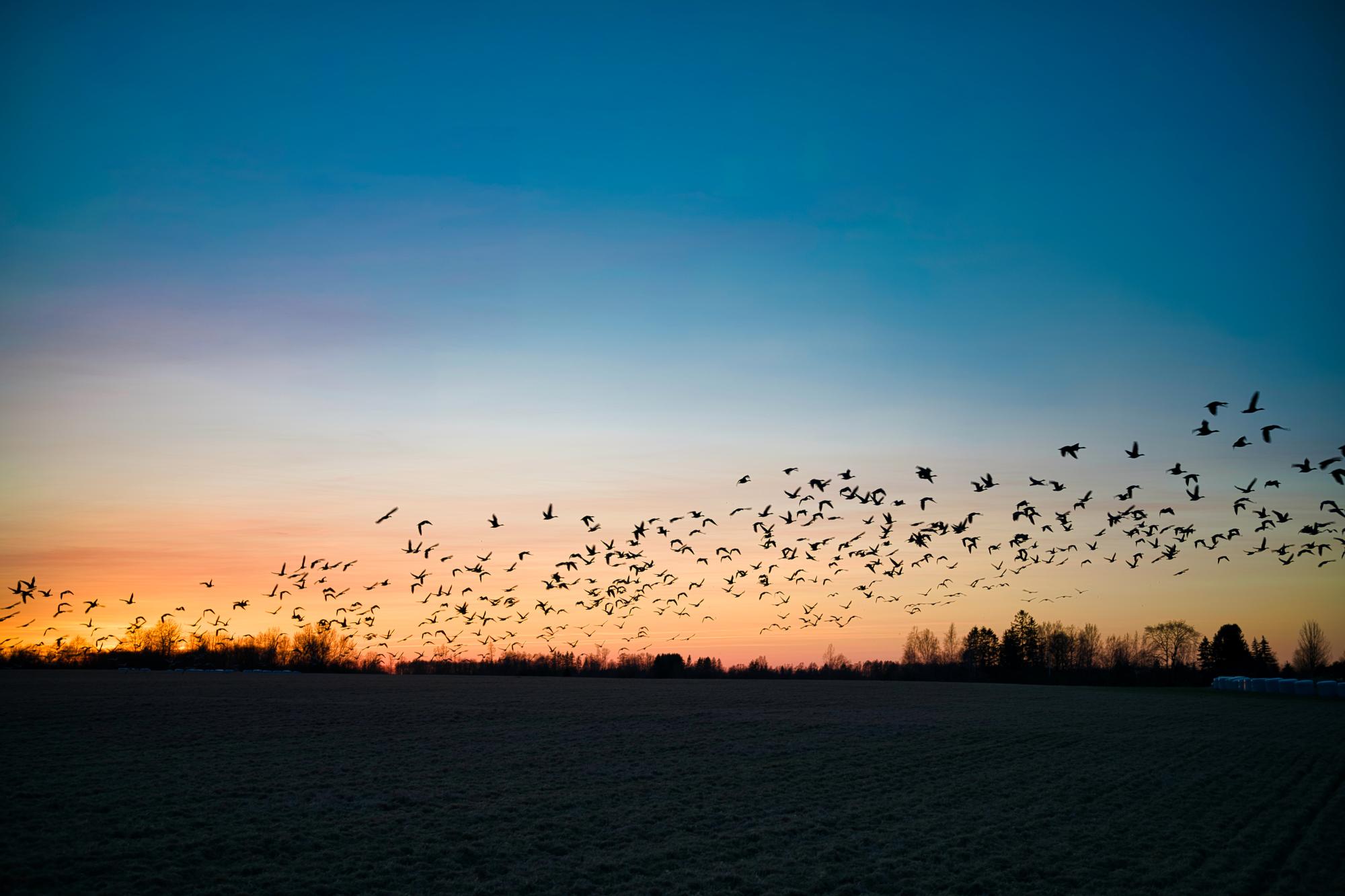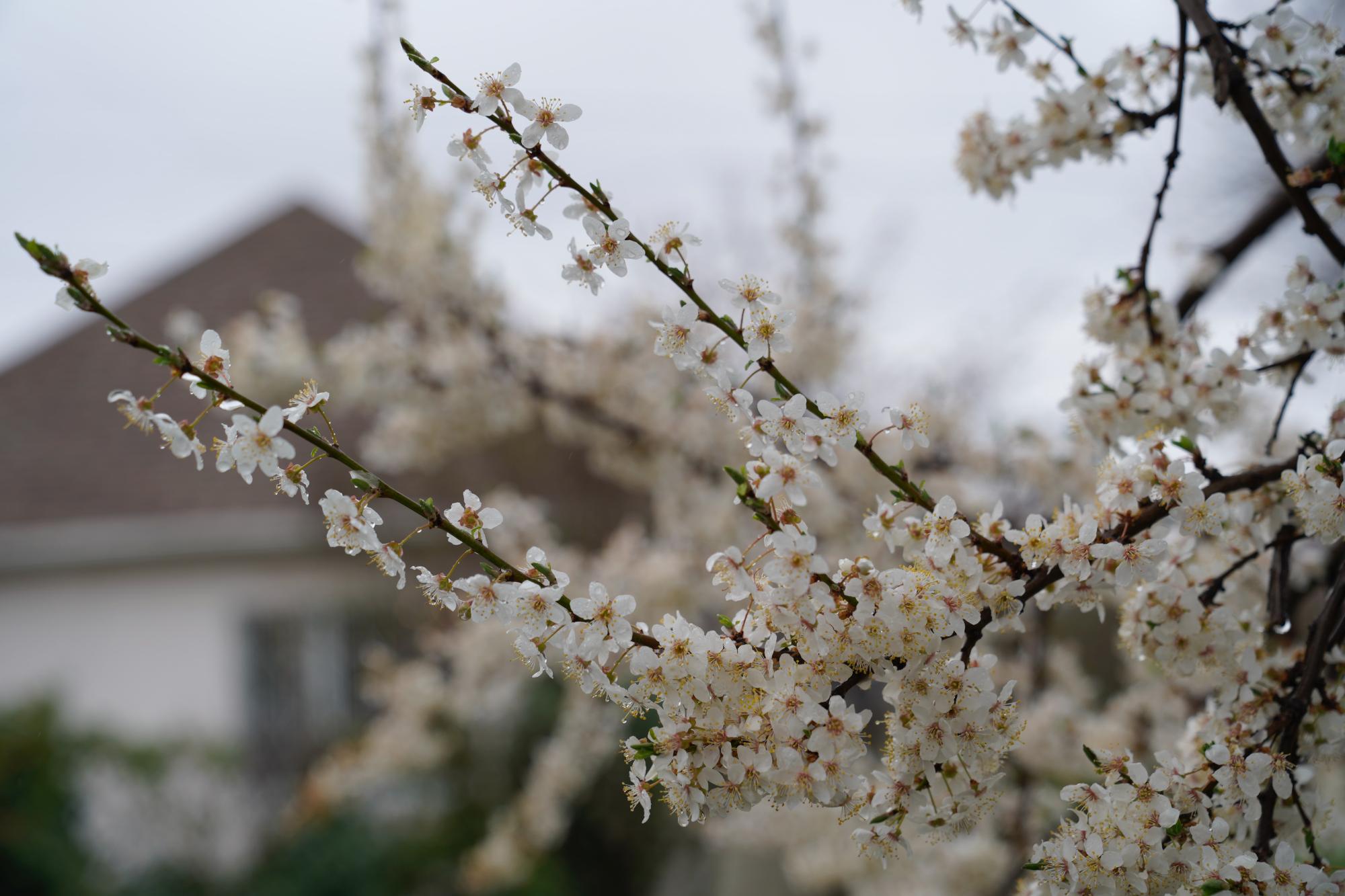Protecting wildlife and promoting biodiversity are essential components of sustainable governance. Knightdale is home to a diverse array plant and animal species. Read below to learn how you can contribute.

Knightdale signed onto the Mayors’ Monarch Pledge in 2022 through the National Wildlife Federation. As the monarch butterfly population has decreased by exceptionally high numbers, 90% for eastern populations and 99% for western populations, the Mayors’ Pledge has worked to protect this species. Knightdale is dedicated to educating the community and cultivating safe habitats for pollinators, which are crucial for healthy ecosystems and are responsible for creating one out of every three bites of food.
 Plant milkweed, other nectar-producing plants, and ornamental grasses in your garden and yard
Plant milkweed, other nectar-producing plants, and ornamental grasses in your garden and yard- Ensure plants are in rotation throughout fall, spring, and summer
- Focus on planting native species
- Limit the use of chemicals and pesticides
- Leave some area in the ground unplanted for nesting bees, as well as dead tree trunks
- Have bee baths and bee housing to foster healthy habitats for pollinators
- Post on social media about the importance of pollinators and their protection
 The Town of Knightdale encourages sustainability by promoting vital ecosystems and wildlife. Citizens of Knightdale can help by working to protect migrating birds. This can be done by turning off unneeded lights at night that cause birth deaths. Additionally, removing plants from windows and adding tempera paint or decals can limit bird injuries. Adding bird baths and feeders can make yards more welcoming for birds.
The Town of Knightdale encourages sustainability by promoting vital ecosystems and wildlife. Citizens of Knightdale can help by working to protect migrating birds. This can be done by turning off unneeded lights at night that cause birth deaths. Additionally, removing plants from windows and adding tempera paint or decals can limit bird injuries. Adding bird baths and feeders can make yards more welcoming for birds.
 Including native plants in the landscape helps residents create visually appealing outdoor spaces and build healthier local ecosystems. The destruction of natural habitat is the greatest threat to biodiversity worldwide. In fast-growing regions like ours, development often fragments remaining natural habitats into smaller pieces that are less likely to support the needed range of ecosystem services. As natural areas disappear, residential landscapes become more important sources of nourishment and habitat for the many species needed to support healthy ecosystems. By restoring native plants to landscapes, gardeners help preserve biodiversity and create opportunities to interact with birds, butterflies, bees, and other species in their yards.
Including native plants in the landscape helps residents create visually appealing outdoor spaces and build healthier local ecosystems. The destruction of natural habitat is the greatest threat to biodiversity worldwide. In fast-growing regions like ours, development often fragments remaining natural habitats into smaller pieces that are less likely to support the needed range of ecosystem services. As natural areas disappear, residential landscapes become more important sources of nourishment and habitat for the many species needed to support healthy ecosystems. By restoring native plants to landscapes, gardeners help preserve biodiversity and create opportunities to interact with birds, butterflies, bees, and other species in their yards.
 Trees are an essential part of the human and natural landscape.
Trees are an essential part of the human and natural landscape.
- Trees help absorb the sounds of traffic in urban areas by 40%.
- Neighborhoods with trees are seven to nine degrees cooler than those without.
- Trees reduce energy costs up to 25% by shading buildings and protecting them from winter winds.
- Homes with trees have higher property values.
- Green space plays a major role in improving mental and physical health.
- Planting and maintaining trees absorbs carbon dioxide in the atmosphere, mitigating the effects of climate change.
The Town of Knightdale has been a Tree City USA since 2001! This program encourages the protection of trees in urban areas for environmental growth.
Approved Tree List Tree Planting Diagram Tree Planting Video Series

As urban areas grow and the use of artificial outdoor lighting increases, night skies brighten, and stars fade from view. The encouraging news about light pollution is that it is reversible, and you can help! Consider taking these steps at your own home to help bring dark skies back to our community:
- Install lighting only when and where it's needed
- Use energy saving features such as timers and motion sensors on outdoor lights
- Shield your lighting so it only shines downward
- Share with friends, neighbors, and coworkers about how they can help
Natural darkness is important for wildlife. Nearly half the species on Earth are nocturnal—active at night instead of during the day. The absence of light, natural or otherwise, is a key element of their habitat. Many species rely on natural patterns of light and dark to navigate, nest, mate, hide from predators, and cue behaviors.